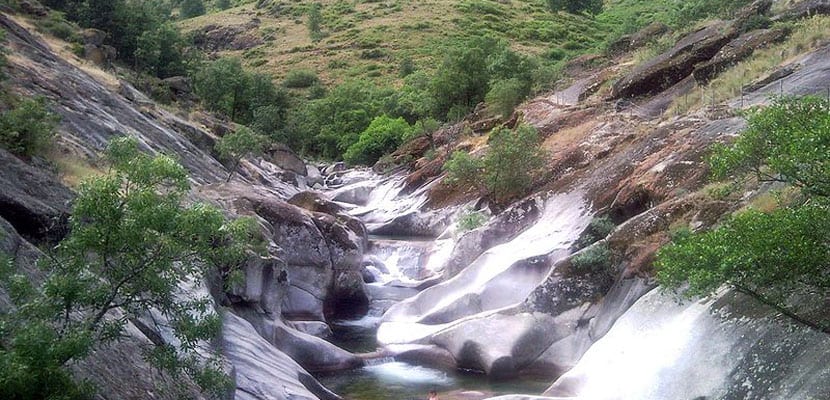
Hells Throat
Summer has not officially started yet but the heat in some areas of Spain is beginning to be suffocating. To combat it, the most advisable thing is to turn on the air conditioning at home or go to spend the afternoon at a shopping center. But if you don't want to give up a day outdoors, in the next post we will talk about 5 natural pools in Spain that are perfect for taking a dip.
The Throat of Hell
We might think that a place called the Hells Throat is an arid corner that suffers from extreme temperatures throughout the year and where life is difficult to develop. However, this garden located in the Jerte Valley, Cáceres province, is the opposite.
It is a protected place under the figure of the Natural Reserve, which cares for spaces that, due to their uniqueness or importance, deserve special protection and appreciation. TOOthers have one of the best known natural pools in the Jerte Valley, made up of 13 refreshing pools that have been formed by the erosion of water on the granite rock.
Other types of activities that can be carried out in the Garganta de los Infierno are 4 × 4 routes, guided tours, photographic excursions, hiking or bird watching.
The Ruidera lagoons
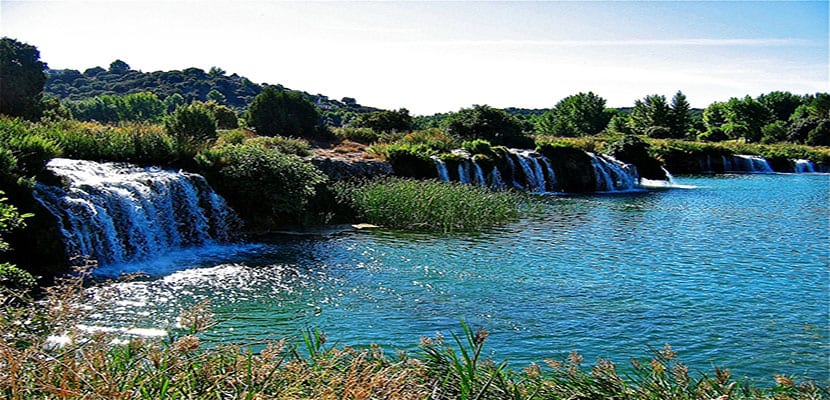
The first thing that strikes you when contemplating the Ruidera Lagoons is that it looks like an oasis in the middle of Campo de Montiel. The landscape of this Natural Park is one of the most beautiful in Castilla-La Mancha and a natural spectacle that leaves no one indifferent.
The dry landscapes of this autonomous community are lost among the 16 lagoons connected by torrents and waterfalls. The Ruidera Lagoons Natural Park constitutes, together with Plividje in Croatia, the best representation of lakes formed by the accumulation of calcium carbonate. In summer the area is enabled for swimming and for outdoor activities such as sailing, canoeing or hiking.
Take the opportunity to try to see the literary Cueva de Montesinos, the Castle of Peñarroya, the Castle of Rochafrida or try a guided tour on foot or in Nicaragua.
The charcones of Lanzarote
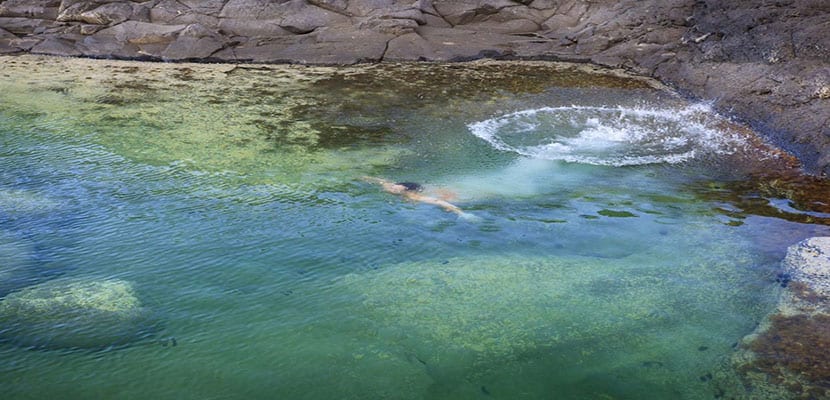
Image | Lanzarote 3
Far from the bustling beaches of the Canary Island are the natural pools of Los Charcones de Lanzarote, one of the most secret corners of its southwest coast.
These pools are a haven of peace that benefits from a cooler climate and has turquoise waters. A perfect space to disconnect and enjoy the landscape.
The sea constantly renews the waters of the Charcones de Lanzarote but it is advisable to be careful when bathing since the currents are treacherous. There are quite deep pools that allow the most daring to take a good jump and others that are shallow that invite a quiet bath. Also, some are easier to access than others so depending on our tastes and plans, we can choose the one that suits us best.
Las Chorreras in Cuenca
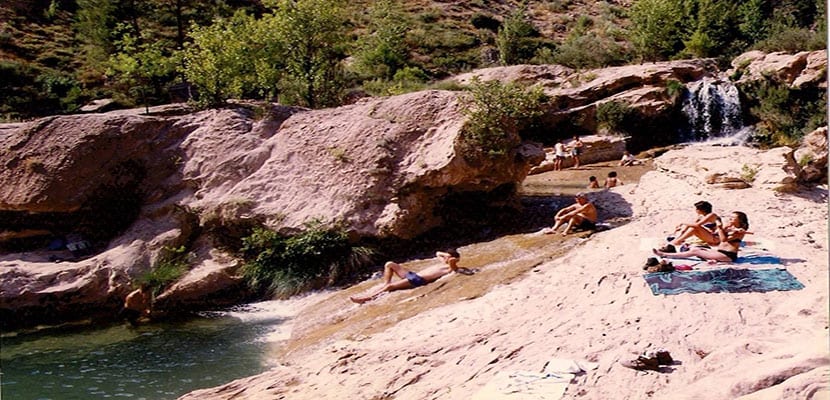
As its name indicates, the Chorreras refer to the jets of water that can be observed along the Cabriel riverbed, with less or greater force, for 1,5 kilometers. This place is located in the municipality of Enguidanos, just over an hour from Cuenca and an hour and a half from Albacete.
During the tour in the Chorreras de Cuenca by narrow rocky bridges, we will be able to contemplate the beautiful creations that the erosion of the water has formed as well as the rapids and waterfalls that seem to be taken from an authentic fairy tale. Finally, it ends at a small river beach, on the edge of a large pool, where the water is very fresh and invites you to take a dip.
However, swimming is not the only thing that can be done in the Chorreras de Cuenca as some visitors take advantage of the rock formations to go rafting or canyoning with the spectacular view of the waterfalls.
The gulpiyuri
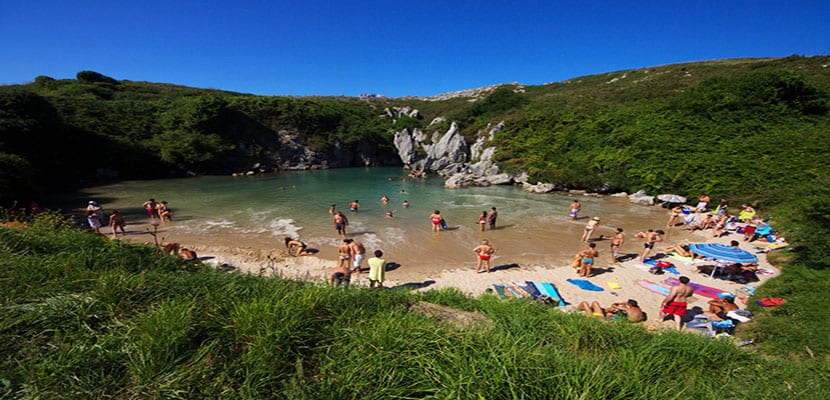
Image | Europe Group
The smallest beach in the world is located on the Asturian coast, between Llanes and Ribadesella. It does not reach 50 meters in length but it allows you to enjoy the sea and fight the intense summer heat like a great one.
Declared a Natural Monument, Gulpiyuri beach was formed by the erosive effect of the sea on the rock, producing caverns under the ground that, when they sink, are called sinkholes. And this Asturian beach is precisely that, a sinkhole in which sea water seeps into the interior thanks to a hole between two rocks and which has the appearance of a saltwater pool.
It is the preferred place for many families from the East during the summer for its shelter and tranquility in front of the strong waves of the Cantabrian Sea.